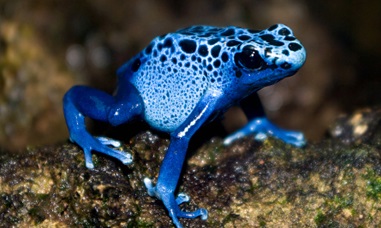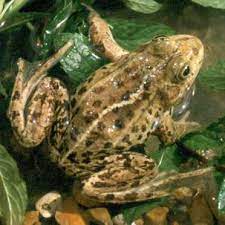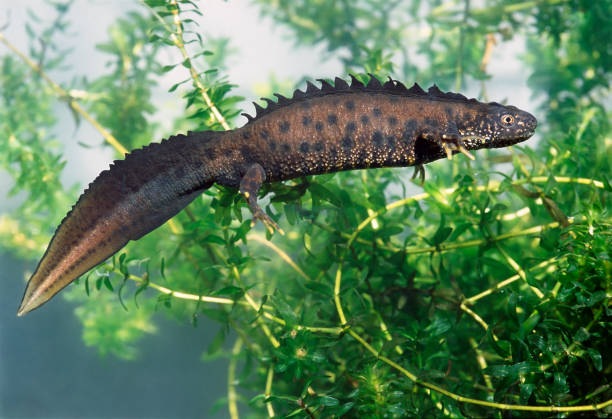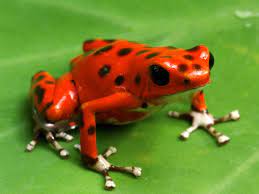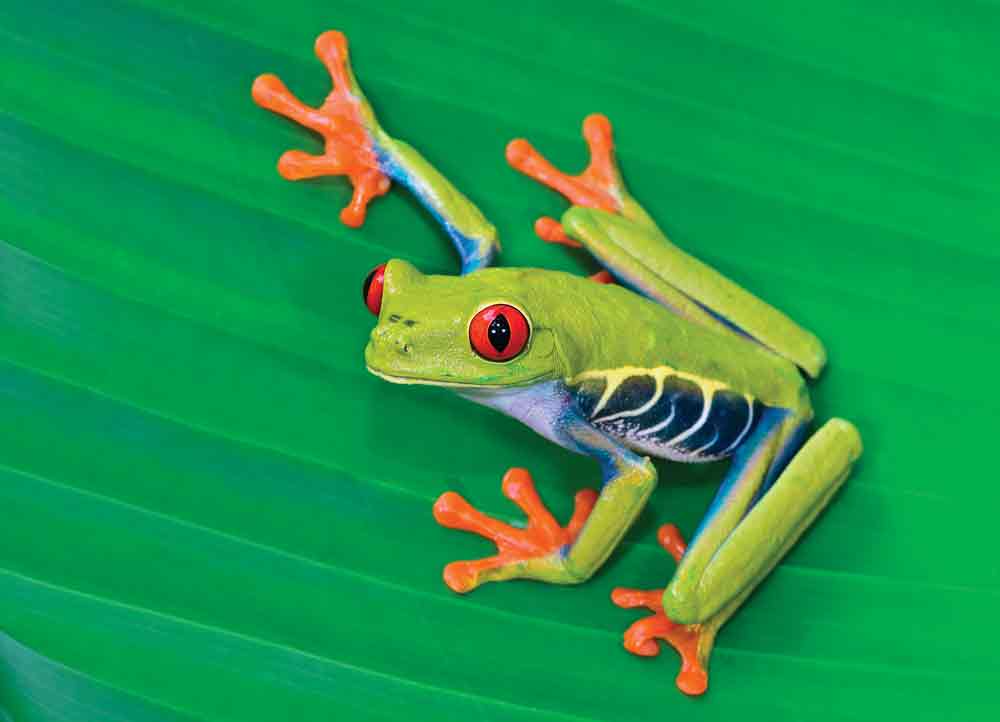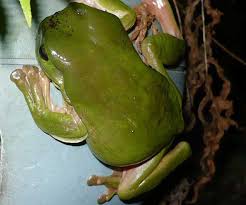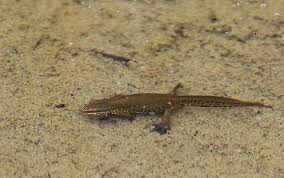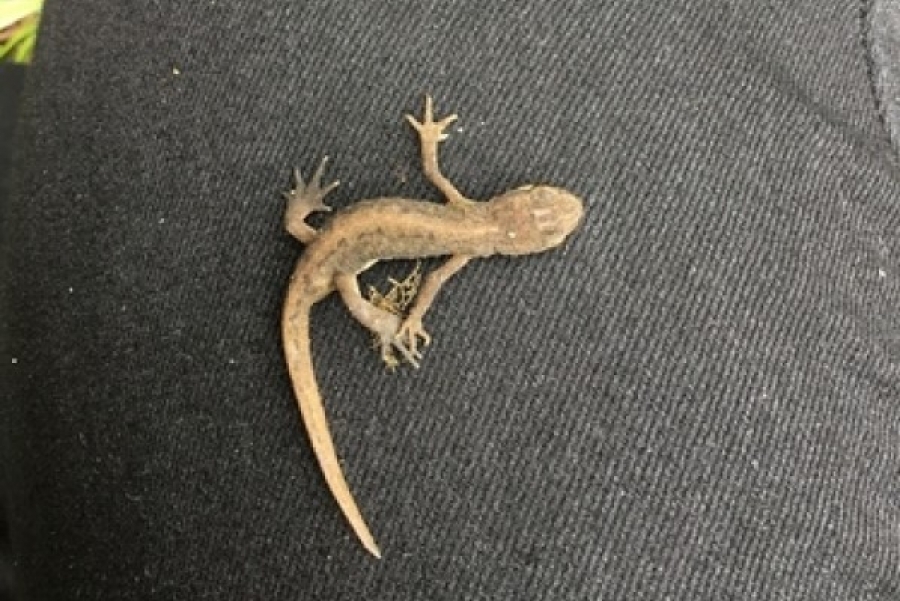The blue poison dart frog, scientifically known as Dendrobates tinctorius (specifically the variant azureus), is a striking amphibian native to the rainforests of Suriname and parts of northern Brazil. Here’s a detailed overview of this captivating species: Key Features of Blue Poison Dart Frog Physical Characteristics Habitat Behavior Reproduction Conservation Fun Facts The blue poison… Continue reading Blue Poison Dart Frog
Month: December 2023
Pool Frog
The pool frog, scientifically known as Pelophylax lessonae, is a fascinating amphibian found primarily in parts of Europe. Here’s a detailed overview of this species: Key Features of Pool Frog Physical Characteristics Habitat Behavior Reproduction Conservation Fun Facts The pool frog plays a vital role in its ecosystem, contributing to the balance of food webs… Continue reading Pool Frog
Great Crested Newt
The great crested newt, scientifically known as Triturus cristatus, is a distinctive amphibian found across parts of Europe and is known for its striking appearance and ecological significance. Here’s a detailed overview of this fascinating species: Key Features of Great Crested Newt Physical Characteristics Habitat Behavior Reproduction Conservation Fun Facts The great crested newt is… Continue reading Great Crested Newt
Strawberry Poison Dart Frog
The strawberry poison dart frog, scientifically known as Oophaga pumilio, is a vibrant and fascinating amphibian native to Central and South America. Here’s a detailed overview of this striking species: Key Features of Strawberry Poison Dart Frog Physical Characteristics Habitat Behavior Reproduction Conservation Fun Facts The strawberry poison dart frog is not only a symbol… Continue reading Strawberry Poison Dart Frog
Red-Eyed Tree Frog
The red-eyed tree frog, scientifically known as Agalychnis callidryas, is one of the most recognizable and vibrant amphibians in the world. Here’s a detailed overview of this fascinating species: Key Features of Red-Eyed Tree Frog Physical Characteristics Habitat Behavior Reproduction Conservation Fun Facts The red-eyed tree frog is not only a symbol of the rich… Continue reading Red-Eyed Tree Frog
Green Tree Frog
The green tree frog, scientifically known as Hyla cinerea, is a small amphibian native to the southeastern United States. Here’s a detailed overview of this fascinating species: Key Features of Green Tree Frog Physical Characteristics Habitat Behavior Reproduction Conservation Fun Facts These frogs play an important role in their ecosystem, serving as both predators and… Continue reading Green Tree Frog
Palmate Newt
The Palmate Newt (Lissotriton helveticus), also known as the Common Palmate Newt, is a small amphibian found primarily in Europe. It is distinguished by its unique physical characteristics and behaviors, particularly during the breeding season. Here’s a detailed overview of this fascinating species: Key Features of Palmate Newt 1. Physical Appearance: 2. Habitat: 3. Life… Continue reading Palmate Newt
Smooth Newt
The Smooth Newt (Lissotriton vulgaris), also known as the common newt, is a small amphibian found across much of Europe and parts of Asia. It is known for its smooth skin, aquatic lifestyle, and distinct breeding behaviors. Here’s a detailed overview of this fascinating species: Key Features of Smooth Newt 1. Physical Appearance: 2. Habitat:… Continue reading Smooth Newt
